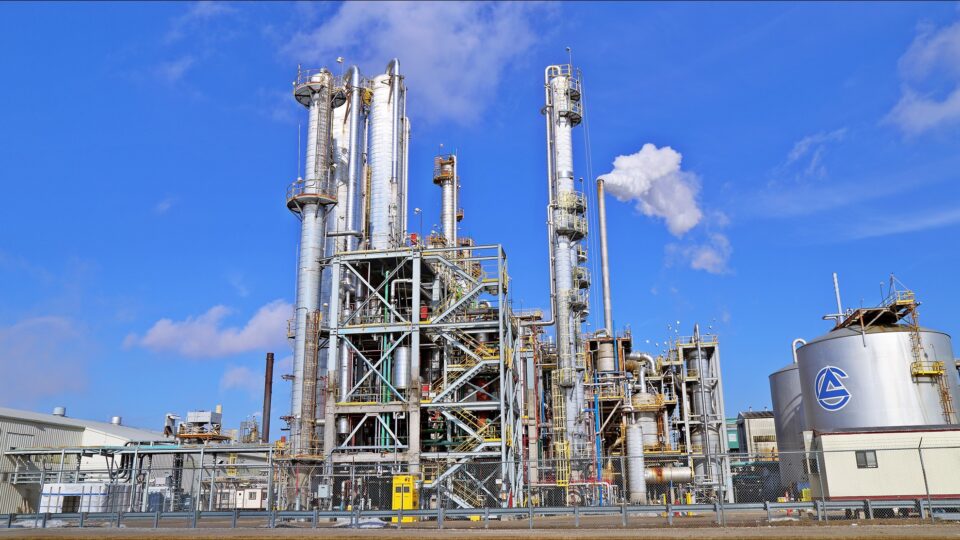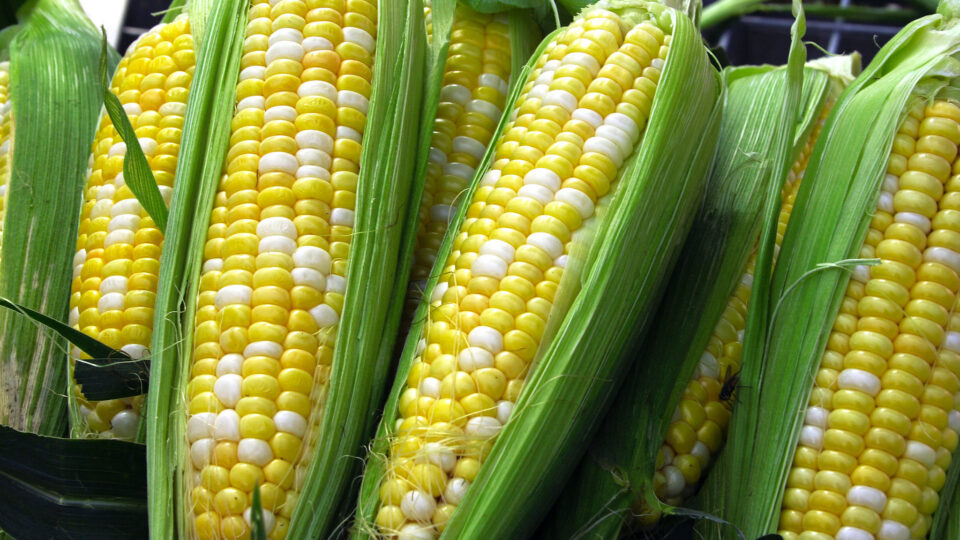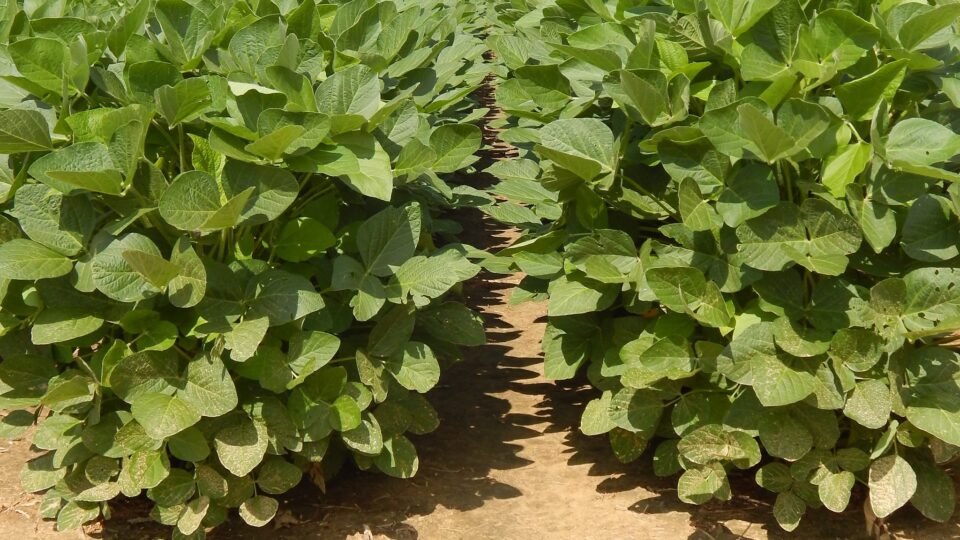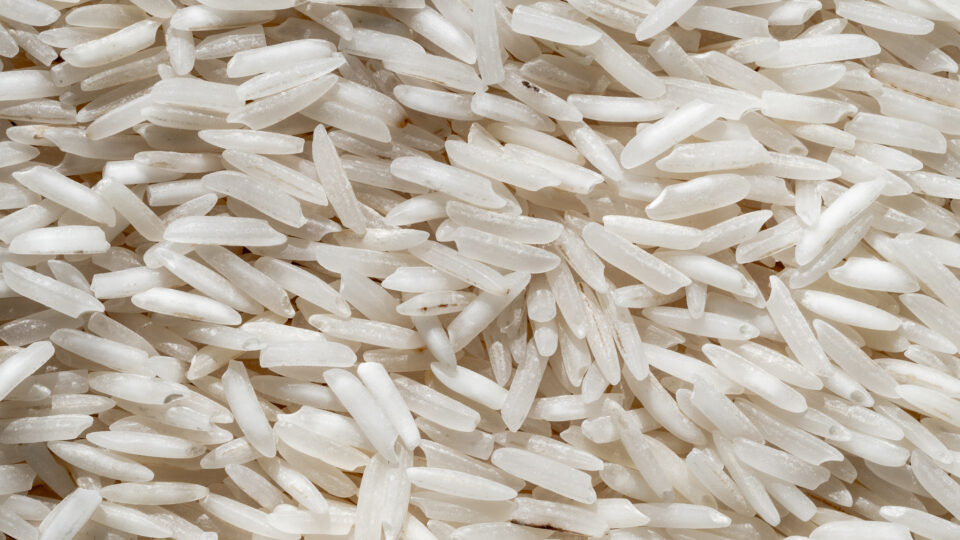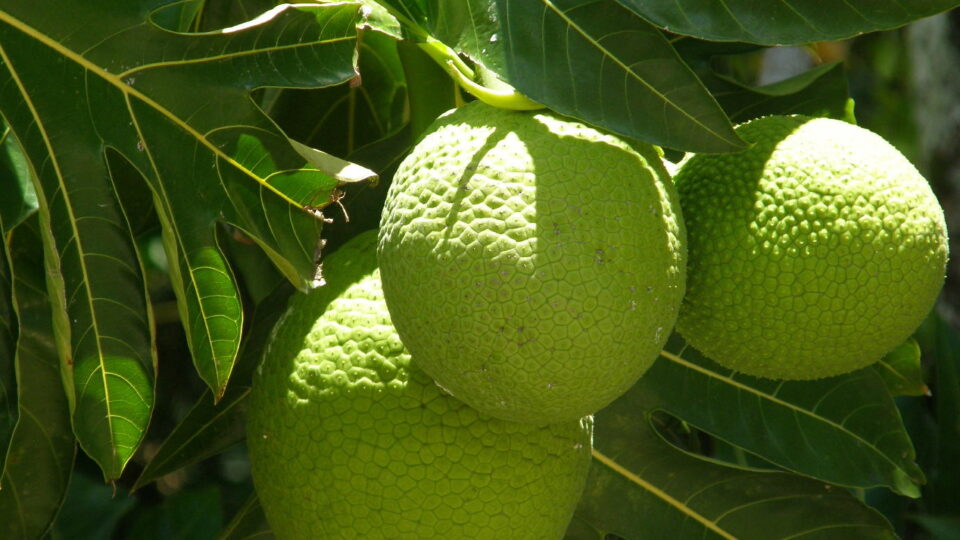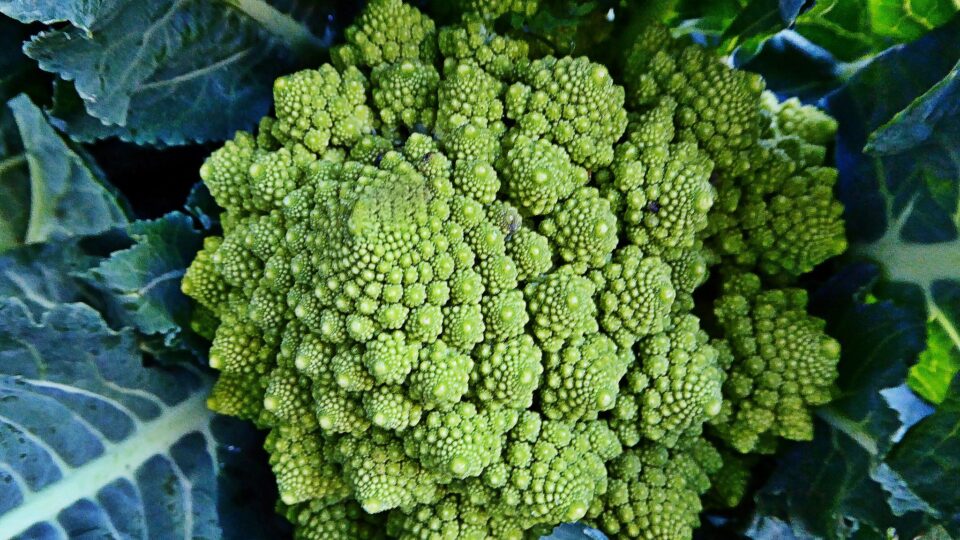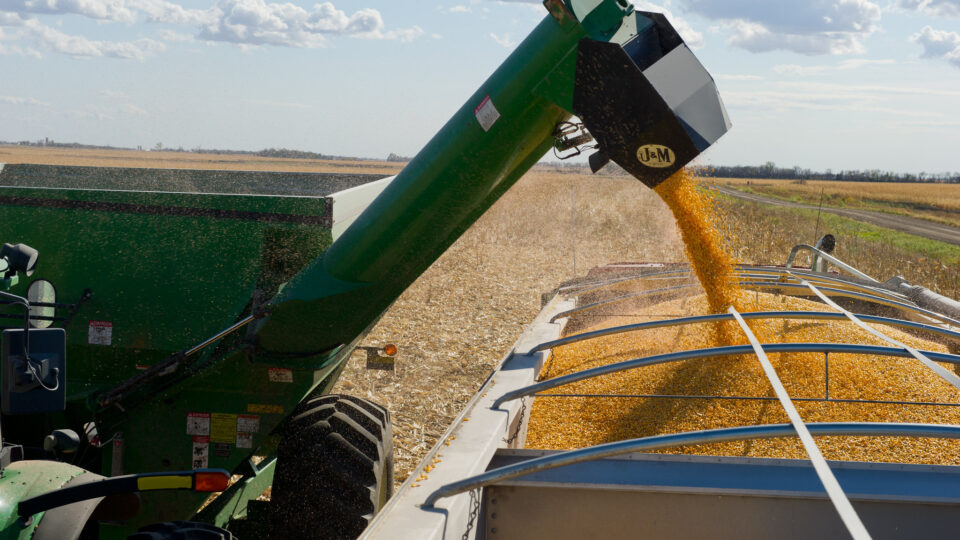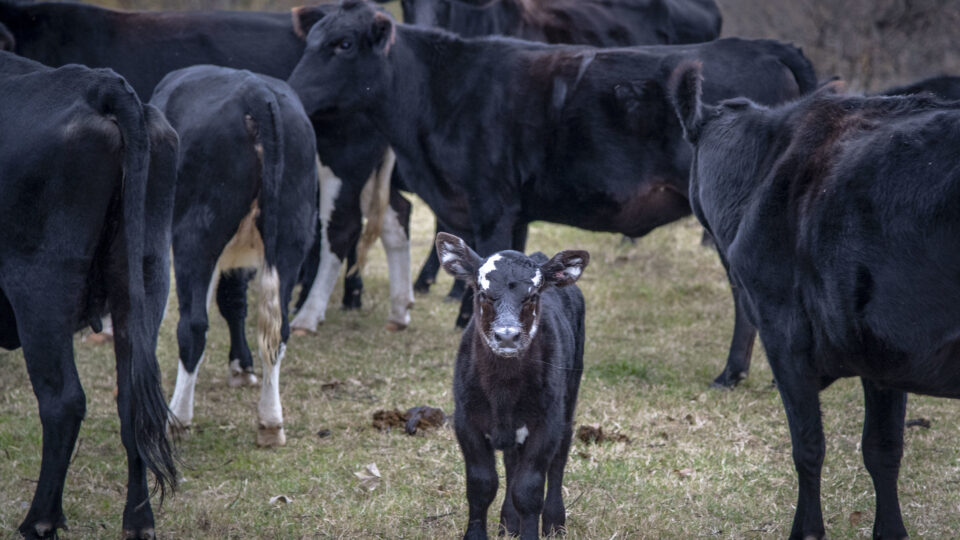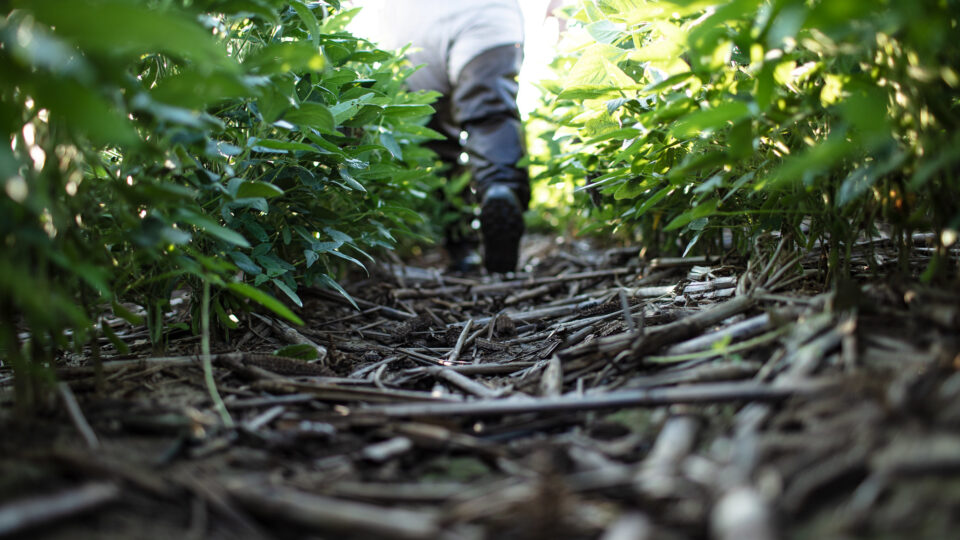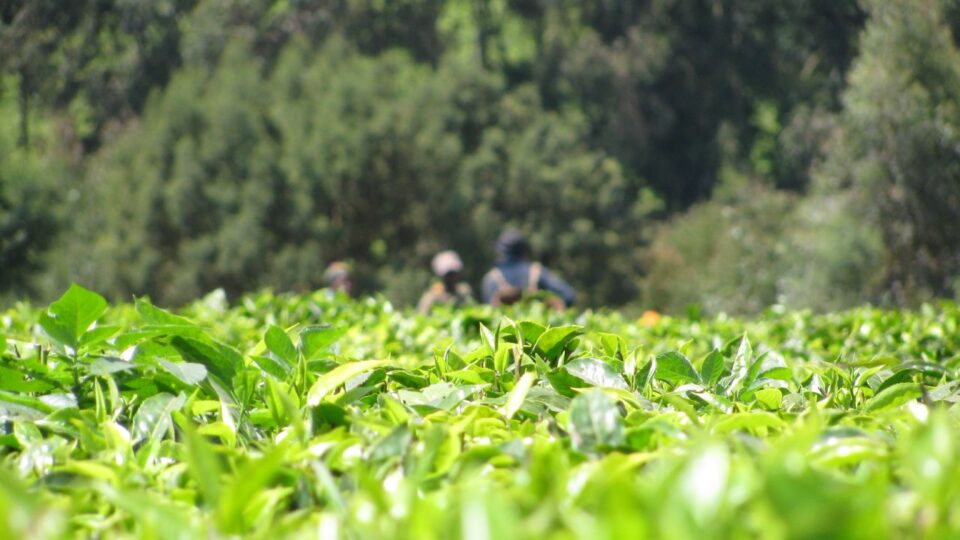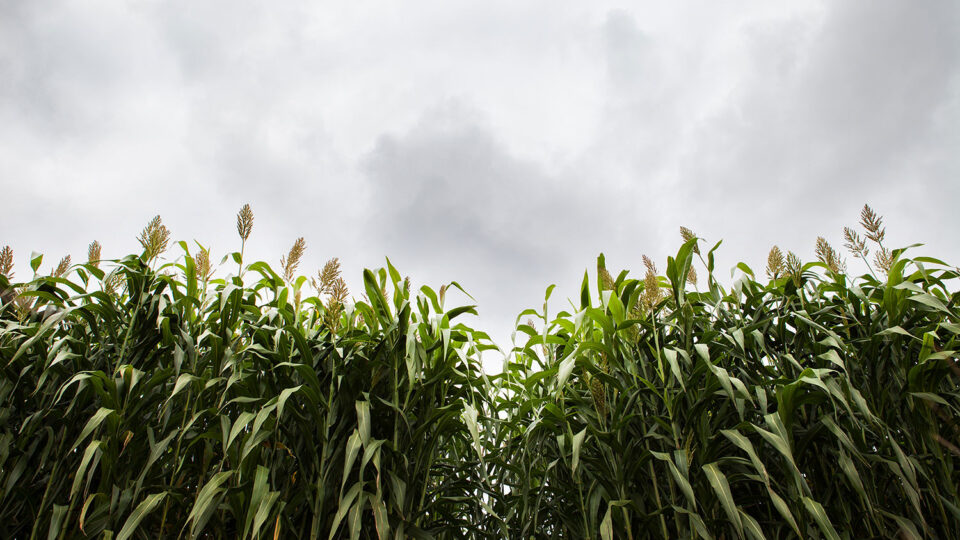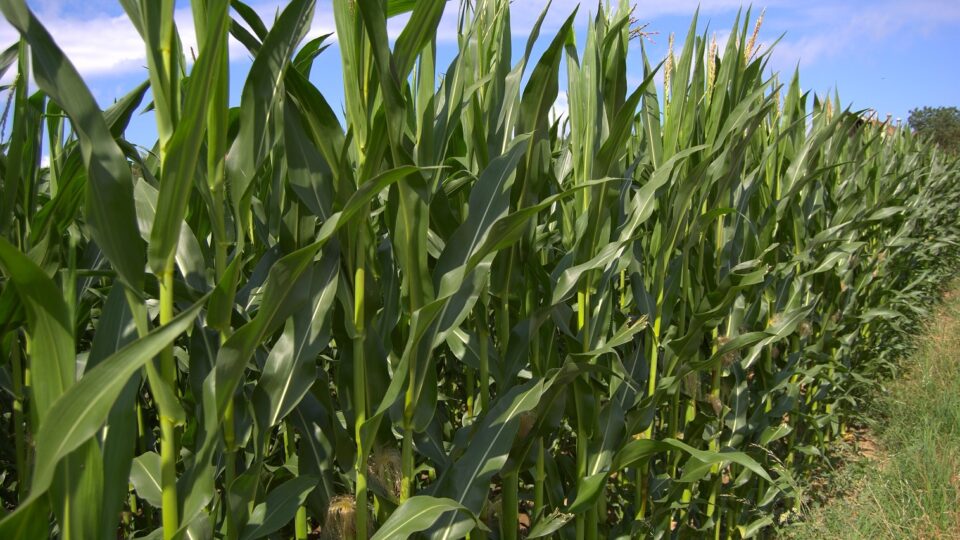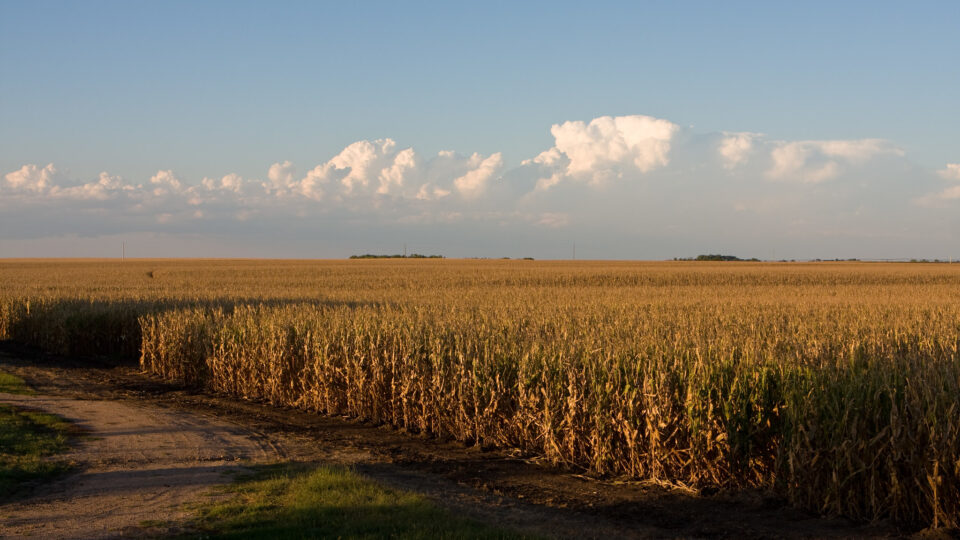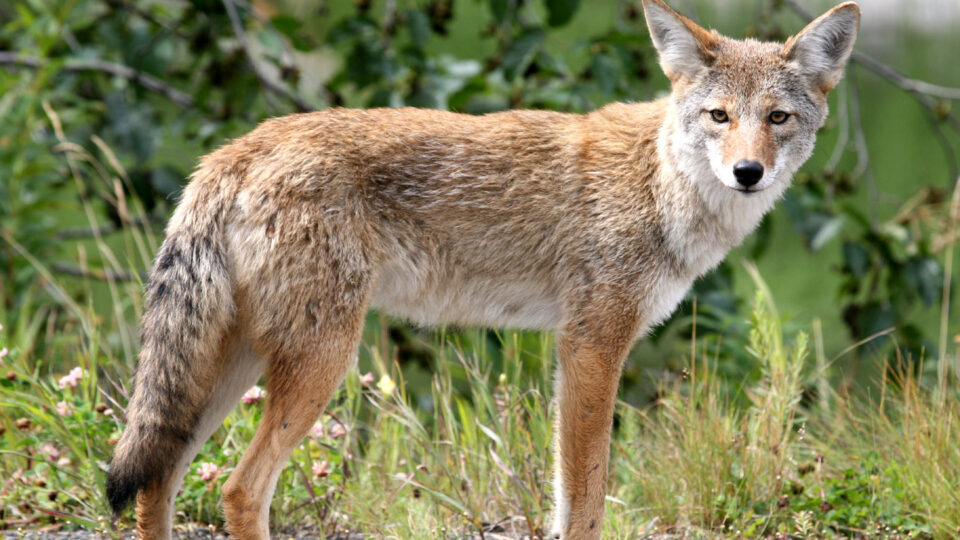There have been ominous declines in many insect populations. Chief among them have been declines in pollinators, which have severe consequences for our food supply. There are multiple possible causes of these declines and undoubtedly several have been involved simultaneously.
A new study on butterfly populations in the Midwest indicates that agricultural insecticides exerted the biggest impact on the diversity of butterfly populations in the Midwest during the period 1998 to 2014. The biggest culprits were the widely used insecticides called neonicotinoids that are absorbed into the tissues of plants.
Neonics are meant for targeted pesticide use but are often used more broadly, including for corn crops.
Neonics are already well-known to be especially harmful to bees and are gradually being restricted in various places. Quebec province passed restrictions on neonic-treated seeds in 2019. Last December, New York signed into law a phase-out of neonic-treated seeds and a ban on non-agricultural uses of them.
Vermont has now become the second state to ban the use of neonicotinoids by virtue of its state legislature overriding a veto from Governor Phil Scott. The law minimizes the use of neonics by requiring potential users to obtain written exemptions.
Opponents to neonic restrictions claim that slashing their use will greatly reduce crop yields. The experience in Quebec over the past five years is that the Canadian neonic restrictions have reduced corn and soybean crop yields by about 0.5%. As a result of this tiny reduction, there has been a strong reduction in the amount of neonics contaminating waterways.
**********
Web Links
Vermont Becomes Second State to Ban Bee-Killing Neonic Pesticides
New ‘Detective Work’ on Butterfly Declines Reveals a Prime Suspect
Photo, posted September 7, 2017, courtesy of Watts via Flickr.
Earth Wise is a production of WAMC Northeast Public Radio

